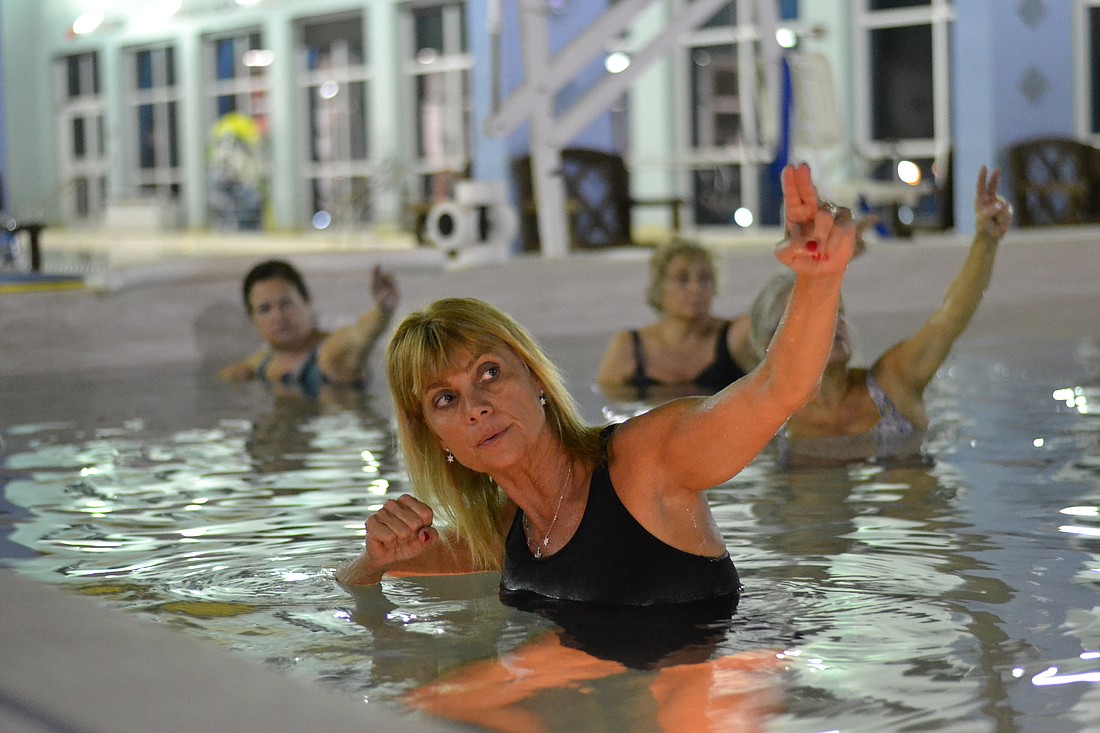- October 19, 2022
-
-
Loading

Loading

Physical activity in middle age reduces sudden cardiac arrest (SCA) risk. SCA is the sudden, unexpected loss of heart function, breathing and consciousness, usually resulting from an electrical disturbance in your heart that disrupts its pumping action, stopping blood flow to the rest of your body, and is fatal if not treated within minutes. Scientists recently analyzed 1,247 SCA cases in subjects ages 35 to 65 and found that only 5% occurred during sports activities. The authors reported:
“Sports-associated sudden cardiac arrest in middle age represents a relatively small proportion of the overall sudden cardiac arrest burden, reinforcing the idea of the high-benefit, low-risk nature of sports activity. Especially in light of current population aging trends, our findings emphasize that targeted education could maximize both safety and acceptance of sports activity in the older athlete.”
Vigorous exercise lenthens lives
Want to live longer? Stow the golf clubs and pick up the tennis racket to crank up the pace, so says new research that links higher-intensity exercise with longevity.
In a study of more than 200,000 individuals ages 45 to 74 from New South Wales, Australia, researchers compared subjects’ mortality rates with physical activity data. Individuals who reported regular participation in moderate to vigorous physical activity tended to live longer. Those who said that moderate to vigorous activity accounted for 30% of their overall activity had a 9% lower mortality risk than those who did not exercise vigorously. Those who reported that more than 30% of activity was vigorous had a 13% lower risk. The data are valid across the sample, regardless of gender, body mass index and conditions such as existing cardiovascular disease.
The authors conclude: “Our findings suggest that vigorous activity should be endorsed in clinical and public health activity guidelines to maximize the population benefits of physical activity.”
Support for exercise as a ‘miracle cure’
You’ve read it here before. This time it comes from a report titled “Exercise: The Miracle Cure and the Role of the Doctor in Promoting It” from the Academy of Medical Royal Colleges in the United Kingdom. The report, intended to provide doctors with tools that will help them promote exercise to patients, is a paean to the benefits of exercise.
• 31% reduction in cardiac mortality
• 90% improvement in self-esteem and well-being (from outdoor activity)
• 25% to 53% reduction in pain symptoms among osteoarthritis patients
• 57% lower rate of cancer progression
• At least 10 mm Hg drop in blood pressure among 31% of patients
• 50% to 80% reduction in risk of developing type 2 diabetes
• 30% to 50% reduction in risk of falls among older adults
• 30% lower all-cause mortality rate
• 45% reduction in bowel cancer risk
The state of our state
The legend of Ponce de Leon and the “fountain of youth” aside, Florida ranks only in the low middle in America’s Health Rankings 2014 edition, a state-by-state analysis of a comprehensive set of behaviors, community and environmental conditions, policies and clinical care data that provides a holistic view of the health of the nation.
Hawaii remains at the top of the list, with Vermont, Massachusetts, Connecticut and Utah completing the top five.
The bottom five: Mississippi, Arkansas, Louisiana, Kentucky and Oklahoma.
Florida ranks a somewhat disappointing 32 overall, a little better for seniors 65-plus at No. 27. Specific ratings for the 65-plus segment are somewhat mixed. The percentage of seniors who are underweight is up from 1.4% to 1.9%, an increase of 36%, while food insecurity is down from 16.1% to 14.4%, a decrease of 11%. Perhaps most distressing to those of us who preach the benefits of exercise: Physical inactivity is up from 25.4% to 32% or plus 26%. Are we whistling into the wind?
Molly Schechter is an ACE-certified personal trainer with a specialty in older-adult fitness plus YogaFit Instructor Training, SCF Yoga Fundamentals I and II and Power Pilates™ Mat Certifications. She teaches classes at the Bayfront Park Rec Center. Email her at [email protected].